A Look Back at the Toyota Celica’s 50-Year Legacy
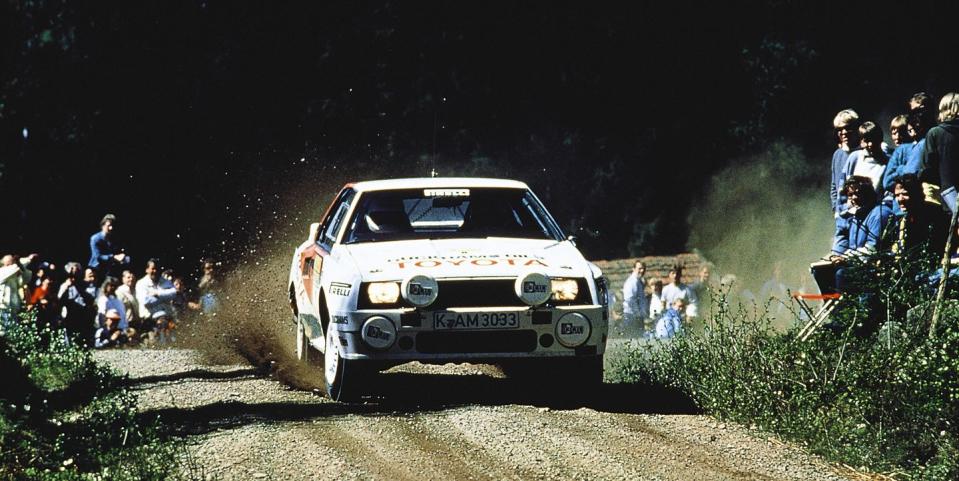
Announced at last year's Daytona 500, Toyota's decision to bring a four-cylinder variant of the Supra to the U.S. market is good news for anyone who wants more choice in the sports car market. The BMW-based entry-level car gets a 255-hp turbocharged engine and is 200 lbs lighter than the straight-six variant. Underneath, it's basically a Z4 sDrive30i, which sounds like some sort of inkjet printer. Supra's a better name. But isn't a four-cylinder Toyota sports car actually a Celica?
Turning 50 years old in 2020, the humble Celica finds itself briefly touched on in any history of its big brother, then passed right over. There's a brief mention of the Celica Supra, a long-nosed, six-cylinder GT, then some hurried flipping forward until turbocharging shows up and things get good. That's a shame, because the history of the Celica is arguably more important, and certainly more interesting, than that of the Supra.
As a car, the Celica is a historical record, a snapshot of the time it lived in. Celicas have variously been rear-wheel, front-wheel, and all-wheel drive. They've contested world rally championships, taken podiums in IMSA for the likes of Dan Gurney, and been the backbone of a single-make racing series that Carlton from Fresh Prince of Bel-Air won three times.
While there's no current model that wears the name, past generations of the Celica include affordable classics, tantalizing forbidden fruit, and overlooked performers. If Toyota wanted to bring the nameplate back—and there are rumors it does—it'd have to do better than a rebadged BMW coupe. The Celica isn't just a four-cylinder Supra. It's better than that.
Toyota's pony car
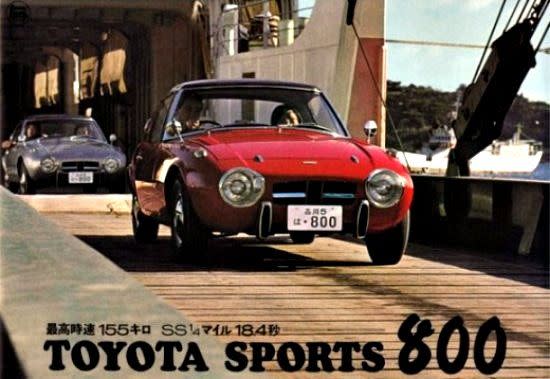
To begin with some pedantic quibbling, the Celica was never a sports car, nor was it Toyota's first affordable sporting machine. That honor goes to the little Toyota Sports 800, the Yota-hachi, a tiny car of such endearing weirdness that it could have been a Citroën.
The first Celica, which replaced the Yota-hachi in Toyota's lineup, was a far less odd and toy-like proposition. In fact, it was a copy of an already successful idea. If the Datsun 510 was the poor man's BMW 2002, then the Celica was a thrifty alternative to the Mustang and Camaro.
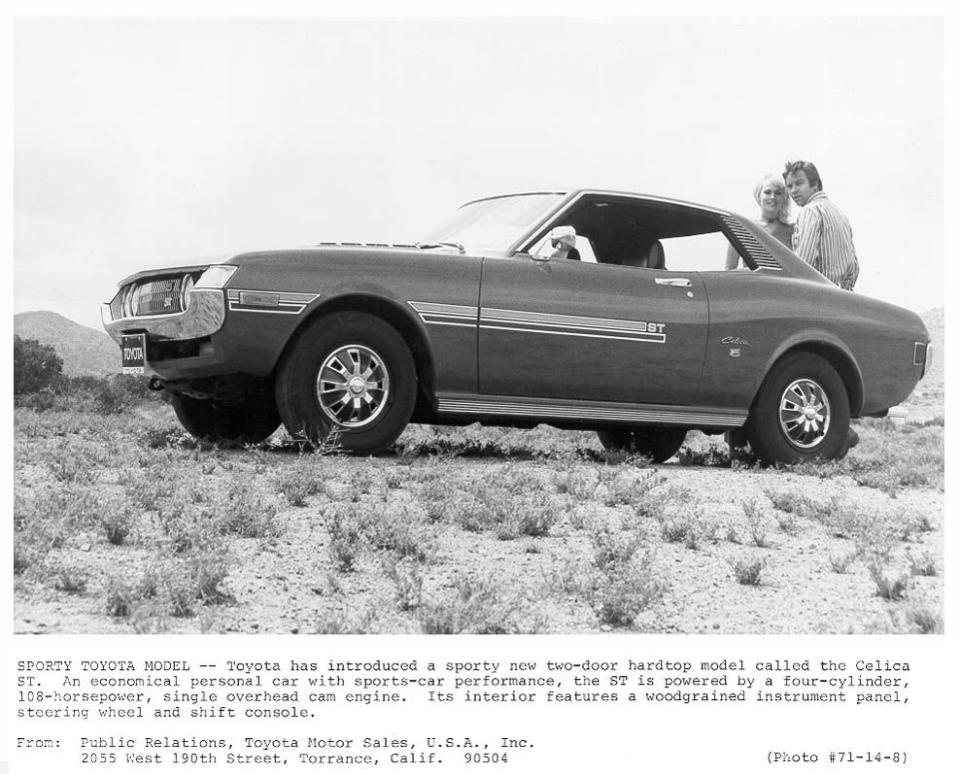
It was a pony car. Based on the architecture of the Toyota Carina sedan, slightly larger than a Corolla, the first generation Celica had coke-bottle styling and a 2+2 layout that was very familiar to American buyers, in a scaled-down package. The later lift-back models doubled down on the Mustang resemblance, with vertical-bar taillights and louvers on the C-pillars.
At the beginning of the 1960s, the Japanese automotive industry produced cute, quirky, and largely disposable machinery that few took seriously. In contrast, the Celica ST (chassis code RA20) that arrived in North America in 1970 was a thoroughly modern product, one of the first Japanese cars assembled using robots. It had four-wheel independent suspension with disc brakes up front, a multilink rear, and standard radial tires. Its badge featured a celestial dragon boat, fitted with two star-embossed sails, indicating that it could sail through the heavens.

In factory tune, neither the looks nor the badge were backed up by much actual performance. Cornering grip was average at best and, with less than 100 hp on offer, the Celica's SOHC four-cylinder powertrain was better suited to commuting rather than straight-line speed. Japanese-market engine options were slightly better (as usual) with the hottest DOHC 2.0-liter variant making nearly 145 hp.
Still, factory-backed racing efforts buoyed the Celica's reputation even as backyard tuners fitted bigger wheels to get more grip in the corners. Celicas won various racing events in Asia, and Swedish driver Ove Andersson took his Celica 1600GT to several class wins in European touring car racing. But it's best to finish the first Celica's story with the absolutely bonkers Celica LB Turbo.
Based on the lift-back GT model, the LB Turbo was a Group 5 racing car built in 1977 by Schnitzer Motorsport. Fitted with enormous fiberglass flares, it had a huge KKK turbocharger and an intercooler the size of a dishwasher. Power from the 2090-cc four-cylinder was a ridiculous 560 hp, making the little Celica a genuine rival to the Porsche 935s it tilted against. Driven by Harald Ertl, it managed a best fourth-place finish in regular competition, and won a non-championship race at Zolder. It would not be the last heavy-hitter Celica.
The forgotten years and the King of Africa
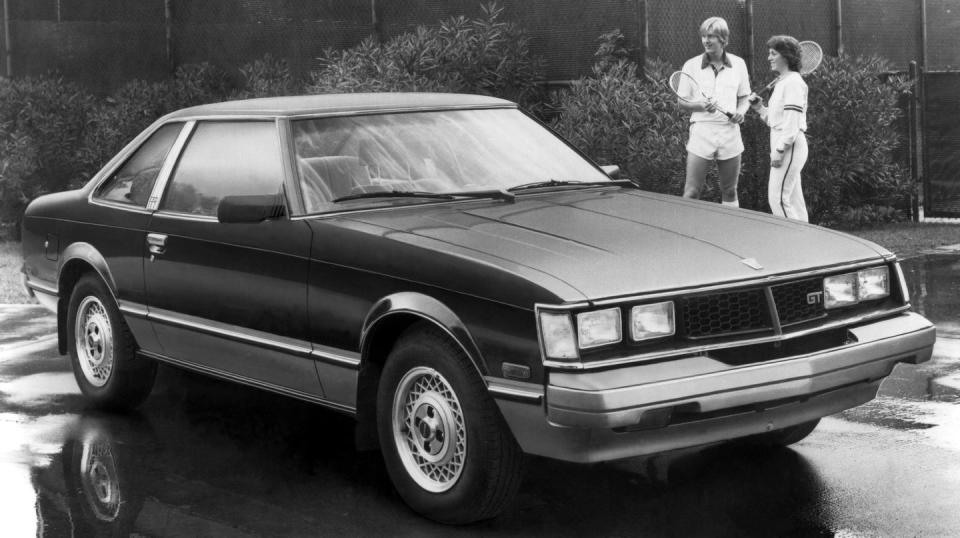
Launched in the 1978 model year, the second-generation Celica was designed in California, and had all the sporting intent of a Jello salad. Yes, it would give rise to the Celica Supra, with a longer hood to accommodate a smooth inline-six engine, but there's not much here to get excited over. Toyota eventually stuffed a 2.4-liter pickup truck engine in the nose, coupled to a four-speed automatic transmission. Snore.
By 1981, even Toyota appeared bored. The third-generation Celica arrived with available rack-and-pinion steering and better engine choices for the U.S. market. Pick of the bunch was the Celica GT-S, which, while not quite as lastingly cool as the contemporary Mk II Supra, married available fender flares and big wheels with affordable fuel economy. Today, both the second- and third-generation cars are uncommon sights on the road.
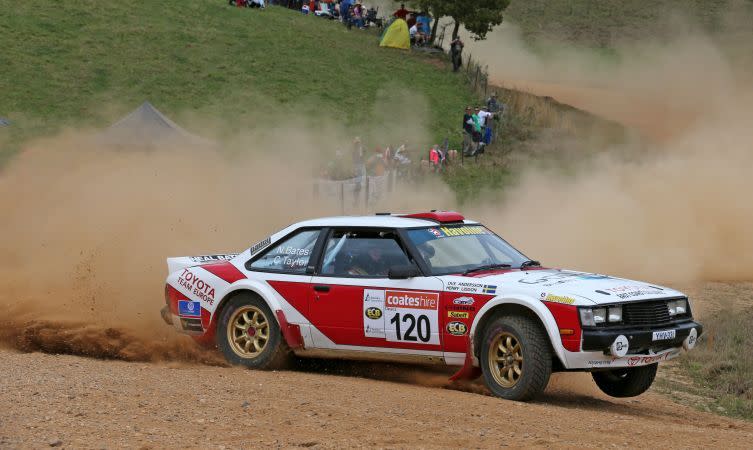
The third-generation car marked the first WRC win for the Celica nameplate and the creation of a minor rally legend. Built on the bones of a Japan-only homologation special, the Celica Twincam Turbo was a Group B car that was outclassed on paper, but dominant in the field. Rear-drive only, and with as much as 380 hp from its turbocharged 2.1-liter four-cylinder engine, it still couldn't quite keep up with all-wheel-drive rivals on the tighter European stages.
Yet the Celica was tough and simple, and that meant safari rally success. From 1984 to 1986, the Twincam Turbo swept the Kenyan Safari Rallies. A further three wins in Western African rallying were added to the trophy cabinet in the hands of Finnish driver Juha Kankkunen and Swede Björn Waldegård. Onlookers started calling the car The King of Africa.
Group B rallying would end in 1987, and big changes were afoot for the Celica. However, its rallying days were far from over.
The all-American Celica
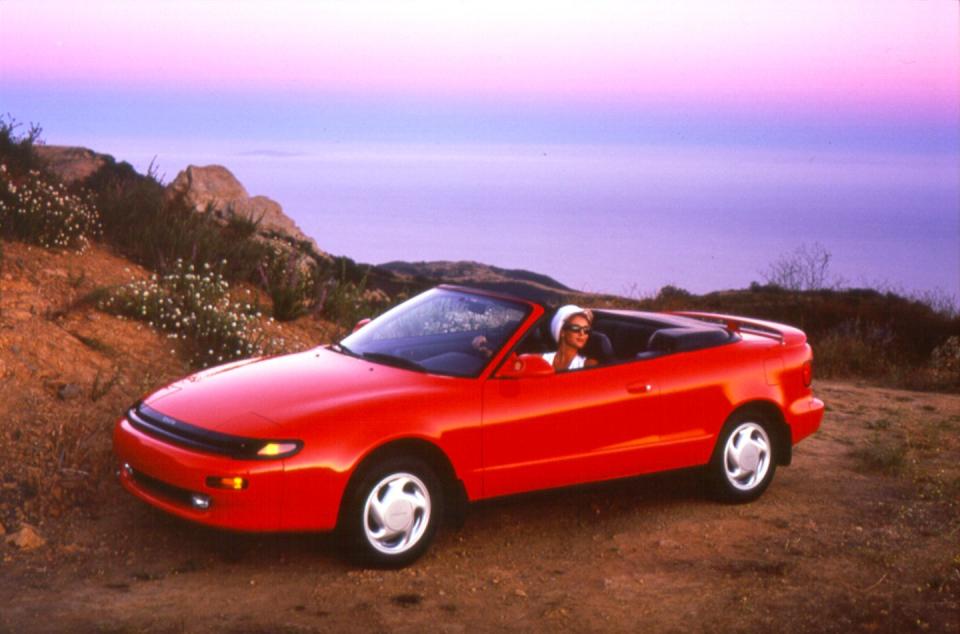
In its fourth generation, the Celica changed entirely. On the plus side, it no longer suffered from inevitable comparisons to the more powerful, better-equipped Supra. Less good, at least to the purist, was that the Celica was now a front-wheel-drive compact.

 Yahoo Autos
Yahoo Autos 